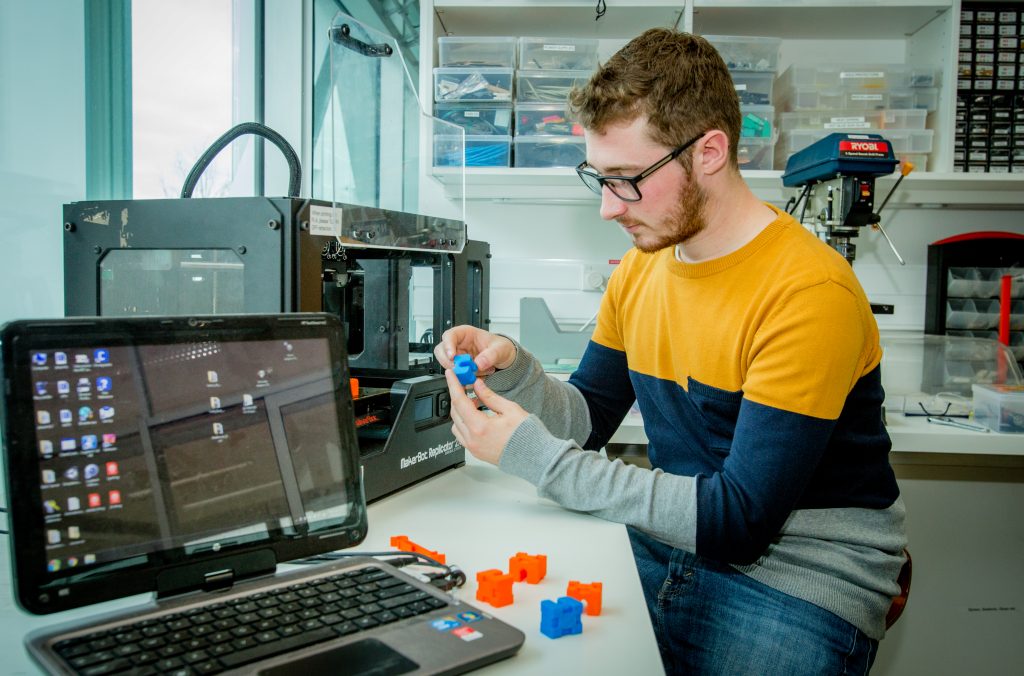 As the COVID-19 pandemic spreads around the world, governments and private entities are racing against time to implement practical responses. Initial social distancing measures have primarily helped in flattening the curve. They include lockdowns, curfews, sanitization efforts, and the provision of PPEs for frontline responders. While these measures are commendable, more must be done to ensure the virus is kept at bay or eliminated as soon as possible.
As the COVID-19 pandemic spreads around the world, governments and private entities are racing against time to implement practical responses. Initial social distancing measures have primarily helped in flattening the curve. They include lockdowns, curfews, sanitization efforts, and the provision of PPEs for frontline responders. While these measures are commendable, more must be done to ensure the virus is kept at bay or eliminated as soon as possible.
The Role of Emerging Technologies in Enhancing Social Distancing
The following solutions are actively being utilized in tackling COVID-19:
1) Artificial Intelligence (AI)
AI, natural language processing, and machine learning are capable of scrutinizing several data sources. They include social  media posts, breaking news, travel itineraries, and weather reports in multiple languages. Other than making accurate predictions of outbreaks, these technologies can also automatically warn people to stay away from hotspots.
media posts, breaking news, travel itineraries, and weather reports in multiple languages. Other than making accurate predictions of outbreaks, these technologies can also automatically warn people to stay away from hotspots.
Other applications of AI include speeding up research and vaccine development, as well as diagnosis and patient triage. It also powers robots that can provide emergency services that minimize human interaction. Examples are patient monitoring, physical store checkouts, and automated isolation units. Other technologies that use AI include augmented reality and computer vision. They enable innovations such as self-driving vehicles and real-time supply chain tracking.
2) Internet of Things (IoT)
IoT applications range from simple reminders to maintain social distancing, to more complex solutions. Wearables provide useful data on whether implemented measures are working. This information helps in powering real-time maps that influence how the government creates models of future response.
Smartphone apps are also useful in contact tracing without compromising users' privacy. If you were on a flight that's later discovered to have had a COVID-19 patient, it would be easier to contact and urge you to go into quarantine. Special IoT-powered sensors are also better at analyzing air quality. They can detect tiny molecules that would otherwise go unnoticed, such as nano-sized coronavirus particles.
These sensors and scanners can accurately measure the distance people must maintain in stores and other public places. Other useful applications include the public transport sector, warehouses, and health facilities.
3) Drones
Since their adoption for commercial and civilian use, drone innovations have grown exponentially. Law enforcement and health officials have initiated UAV surveillance in public places to remind users of the importance of social distancing. Some drones are equipped with FLIR cameras, which are capable of determining peoples’ body temperature through thermal imaging. The only hindrance to more extensive drone use is privacy concerns.
Less controversial uses include the delivery of medicines, PPEs, groceries, and other essential products. They also work in conjunction with bots in massive fulfillment centers to fetch and sort parcels. Other than reducing human congestion in warehouses, they assist with timely deliveries of products to millions of homes. This convenience helps improve social distancing because shoppers don't have to visit physical stores.
4) 5G
Although 5G is still in its early stages, the benefits of fast internet  to the implementation of social distancing are clear. Bandwidth-intensive streaming services such as Netflix, YouTube, and Amazon Prime Video give consumers enough entertainment to keep them occupied indoors. Stable internet has also been key to the success of work-from-home measures that governments are depending on to keep economies going.
to the implementation of social distancing are clear. Bandwidth-intensive streaming services such as Netflix, YouTube, and Amazon Prime Video give consumers enough entertainment to keep them occupied indoors. Stable internet has also been key to the success of work-from-home measures that governments are depending on to keep economies going.
An essential effect of online services is the continued growth of digital payment gateways such as PayPal, Google Checkout, and Amazon Payments. Along with credit and debit cards, they’ve been instrumental in discouraging the use of cash, which has the potential to spread the novel coronavirus.
Other uses include online learning and civic education, provision of home workout solutions, and telehealth. Because these services depend on cloud storage, they're collecting massive amounts of data to understand their customers' needs better. The result is more customized solutions to keep them immersed, which prevents unnecessary outdoor adventures. These benefits are conveniently accessible across all types of devices.
5) 3D printing
The shortage of ventilators was of significant concern among doctors treating the most severe cases of COVID-19. The 3D printing industry responded by providing instructions on how to print valves and other crucial parts of this life-saving machine. The US Department of Health and Human Services took it a step further by coordinating 3D printing efforts among the National Institutes of Health.
Face shields, mask filters, and surgical face masks are among the products that have been identified as 3D-printable. Other than providing badly needed PPEs, this project helps in enforcing safe social distancing measures. The wider industry is coordinating other forms of assistance, such as 3D printed quarantine booths, safe door handles, and test equipment.
Hummingbird Networks has taken an active role in providing COVID-19 resources. We’ve tapped into our vast expertise and more than 15 years in IT to ensure you have all the tools you need to take advantage of these emerging technologies. Our solutions include cutting-edge networking hardware and software brands. Most of our services can be monitored and maintained remotely to ensure we comply with current social distancing measures. Contact us today for more information.









